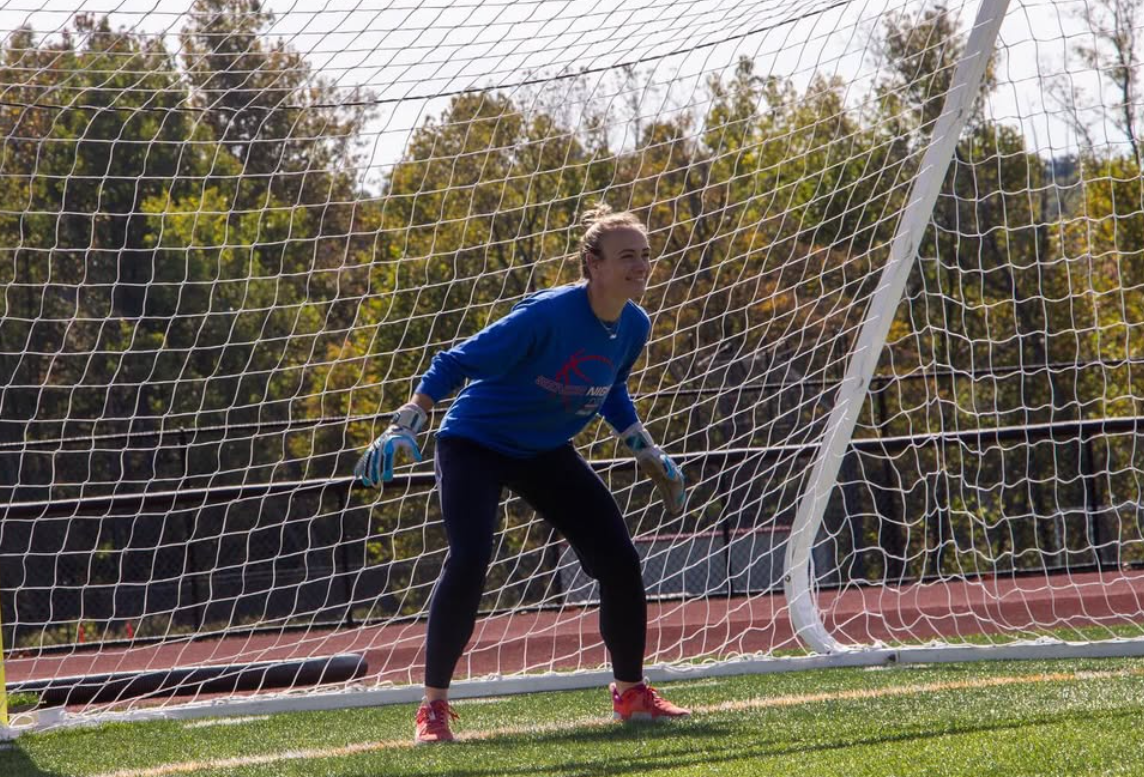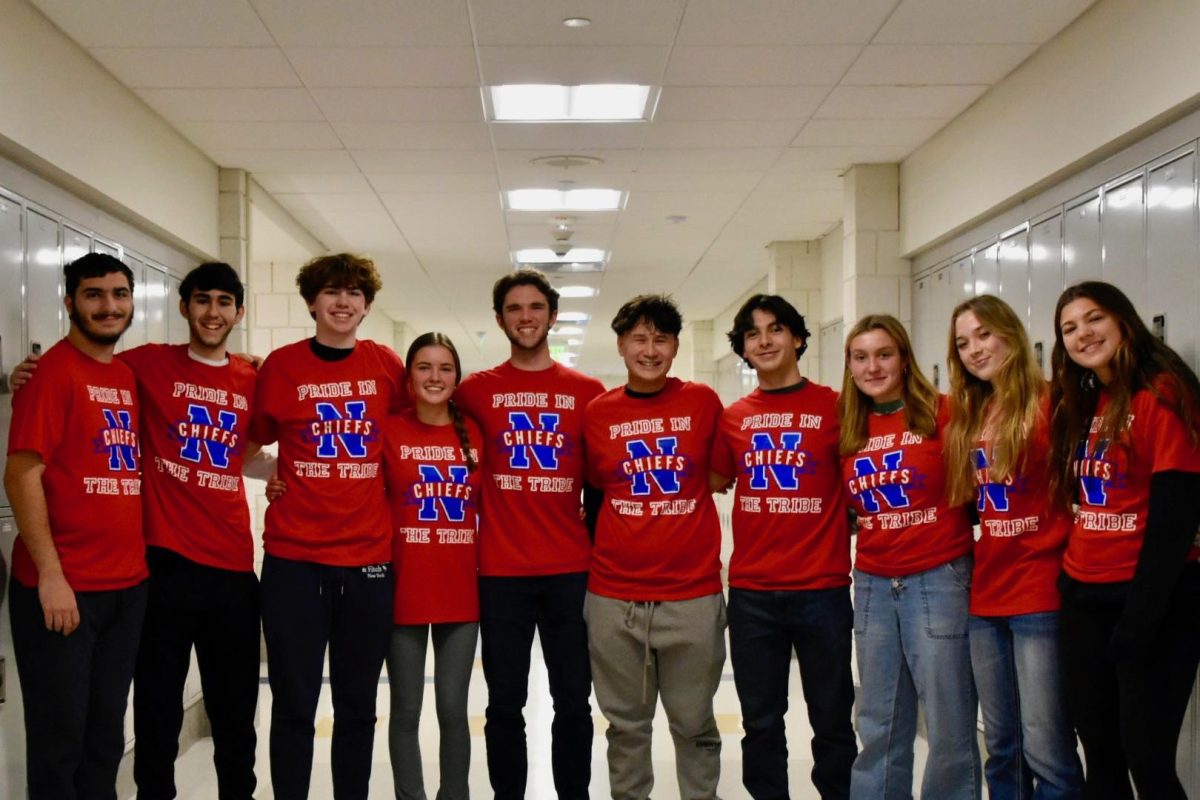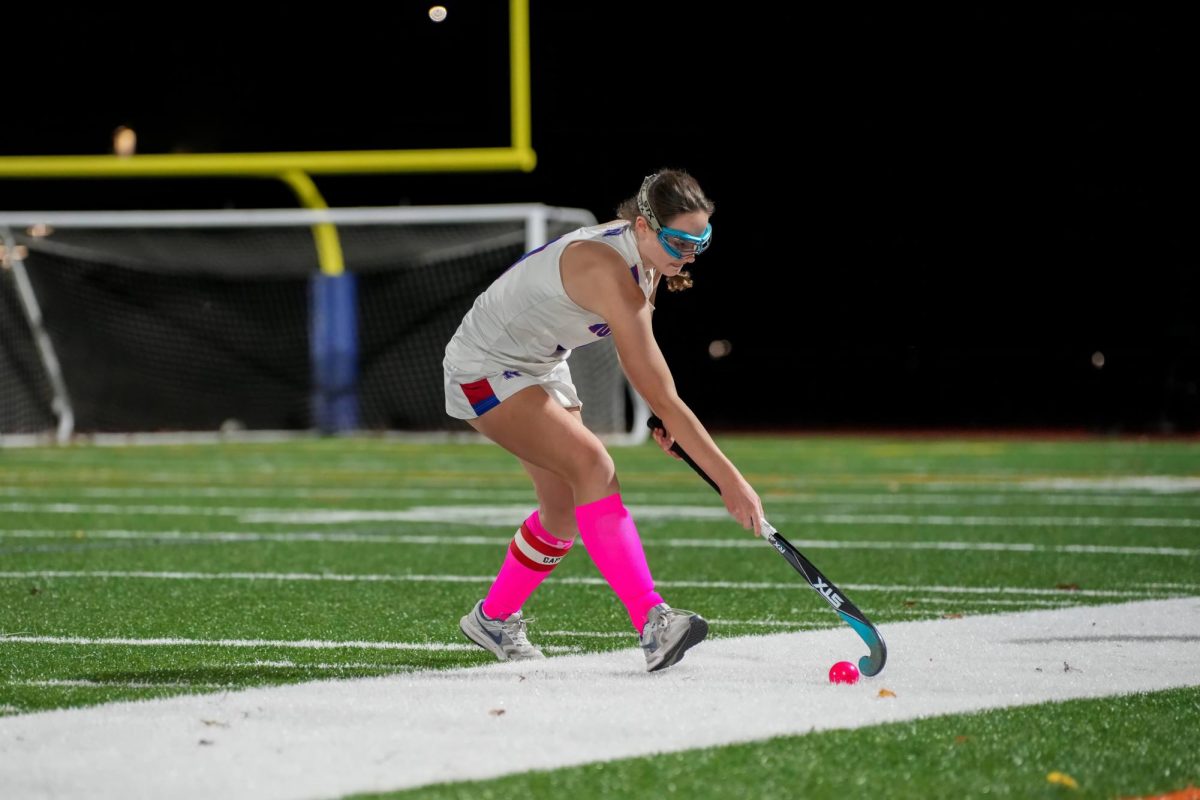WOODBURY — COVID-19 is frequently associated with the millions of lives claimed over the span of the four years in which the virus was most rampant. The fear and devastation the virus brought affected nearly every person on our planet. Nowadays, the spread of the virus, and fatality of it, is on the decline, but one effect of COVID is still very much present: the social impact that the two years of isolation has wrought.
Many people who didn’t particularly struggle with mental health before the pandemic are now finding it hard to cope with the sudden change back into social situations. John Greene, a paraprofessional at Woodbury Middle School, can attest to that statement.
“There are times at work that I see — whether it’s socially or academically — that for kids at this level it’s just tough for them to deal with interaction,” Greene said. “Even with myself everybody kind of develops some sort of attention deficit in sports or whatever it is.”
The lockdown forced people to quarantine at home, cutting off any face-to-face interactions young Gen Z-ers need to develop their social skills. This makes it incredibly hard to ease back into social situations and have the ‘tools’ needed to verbally engage with friends, teachers, and adults.
When one form of communication was taken away during COVID, Gen-z quickly replaced it with another type: social media.
“I think younger kids who were in developmental stages during COVID interact with each other differently,” says Molly McKenna, an eighth-grade science teacher. “It’s easier for them to interact online just because that’s what they were doing at that stage. Kids took classes online, they talked with their peers online, so they never had face-to-face interaction like they did before COVID.”
Technology and social media are not always great at motivating kids to go and interact with people in person, especially considering its addictive character. The pandemic sparked the idea of using technology more because kids were put in front of screens for hours at a time. When quarantine came to an end, kids didn’t know any better than to not continue using social media as a main form of communication.
Face-to-face interaction is important because it creates stronger relationships, builds trust, and helps people become more productive. Without these qualities, life becomes increasingly more difficult.
Hope Davis, an eighth-grade student at WMS, was moving at the time of the pandemic. She feels some of her strongest relationships with friends were cut off.
“My best friend and I told each other that we were going to hang out every week because she’s not that far away,” Davis says. “But then COVID happened, and we had to stay in our houses, and had to face time. I only talk to her a few times every year now. Normally we used to see each other every day, but then that turned into phone calls once a day, and eventually once a week, then once a month.”
COVID took away many factors of people’s lives both during and after the pandemic hit. It not only claimed many lives, but it deprived people of social interactions, and building concrete relationships young kids need to develop vital social skills they will use for the rest of their lives.















